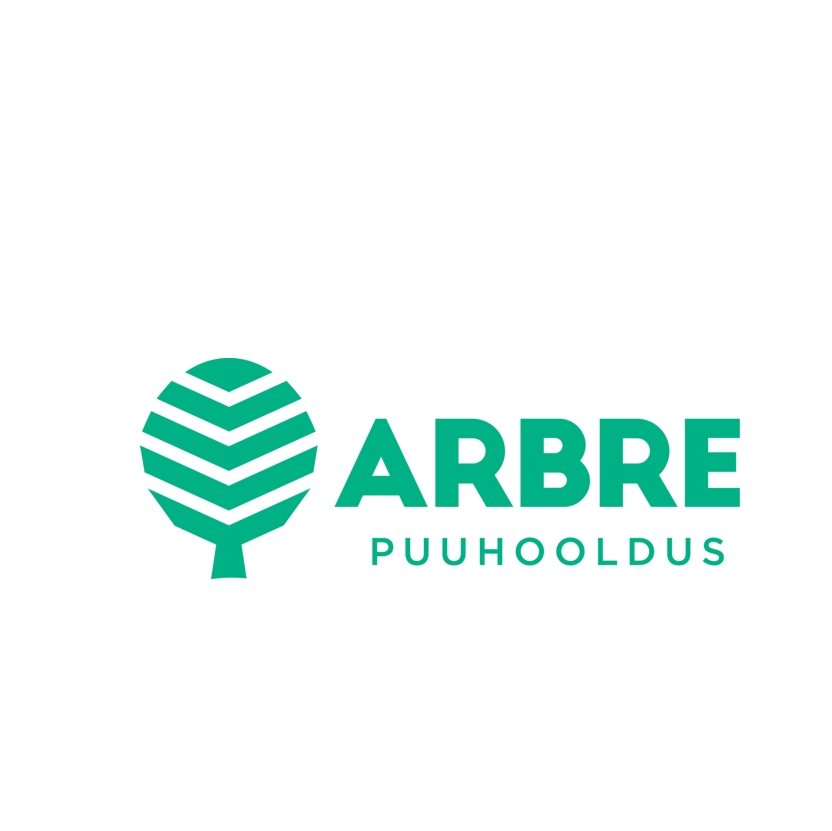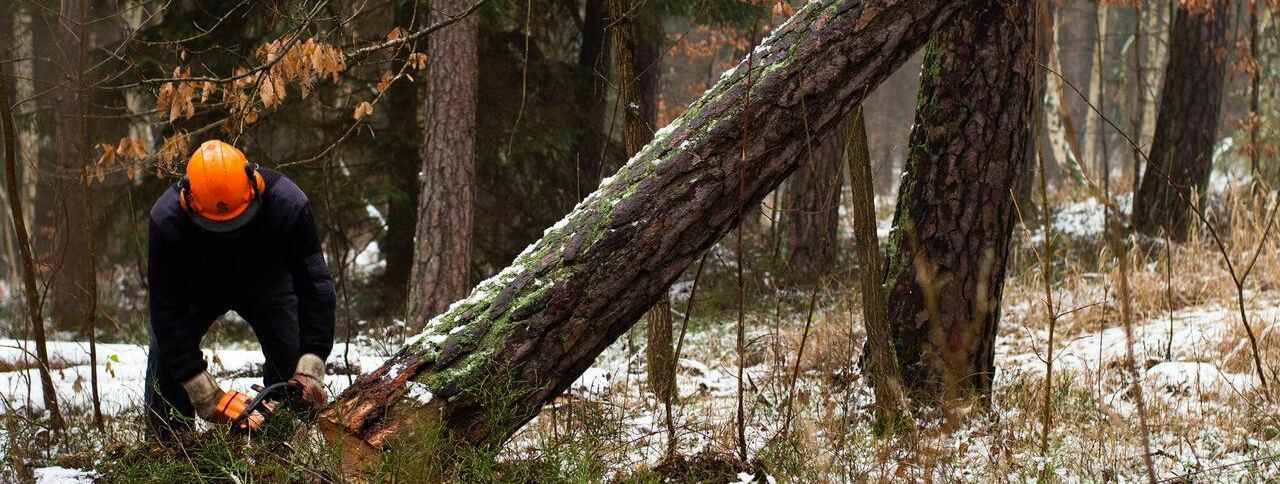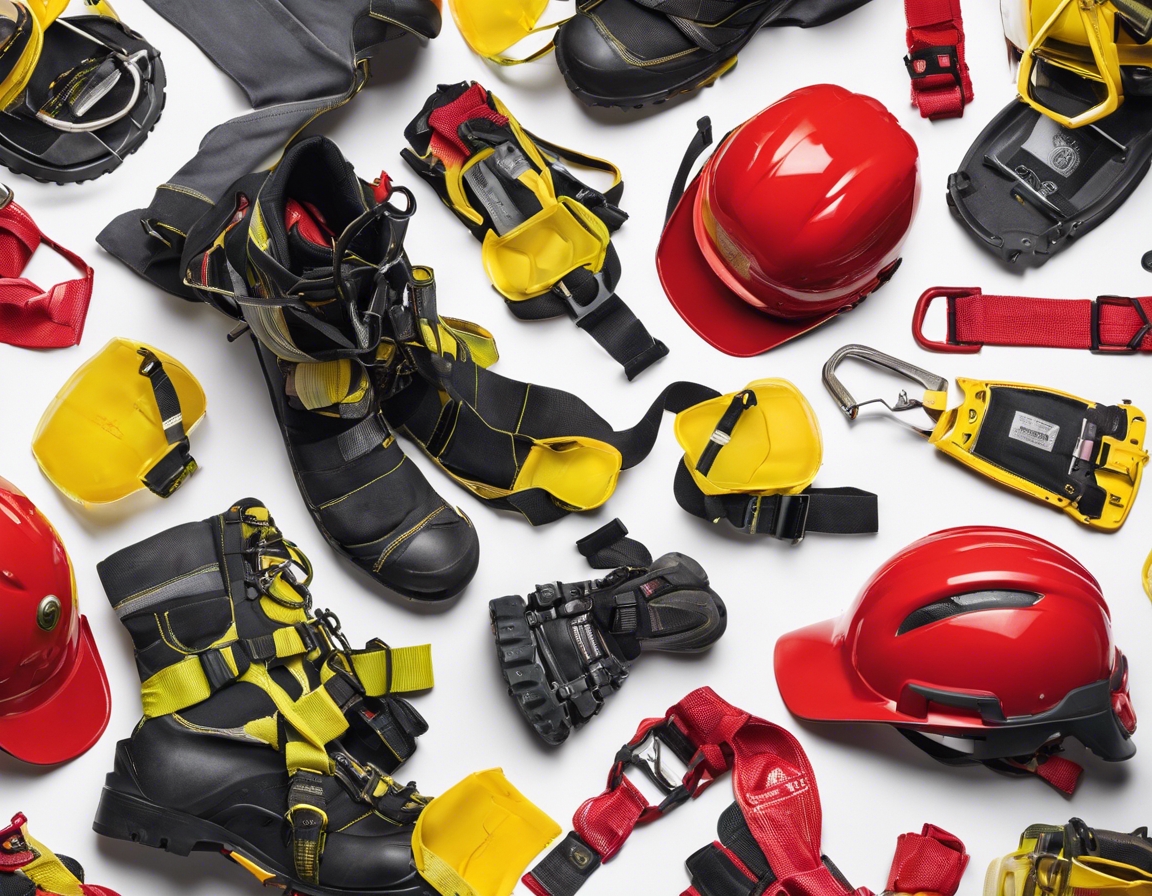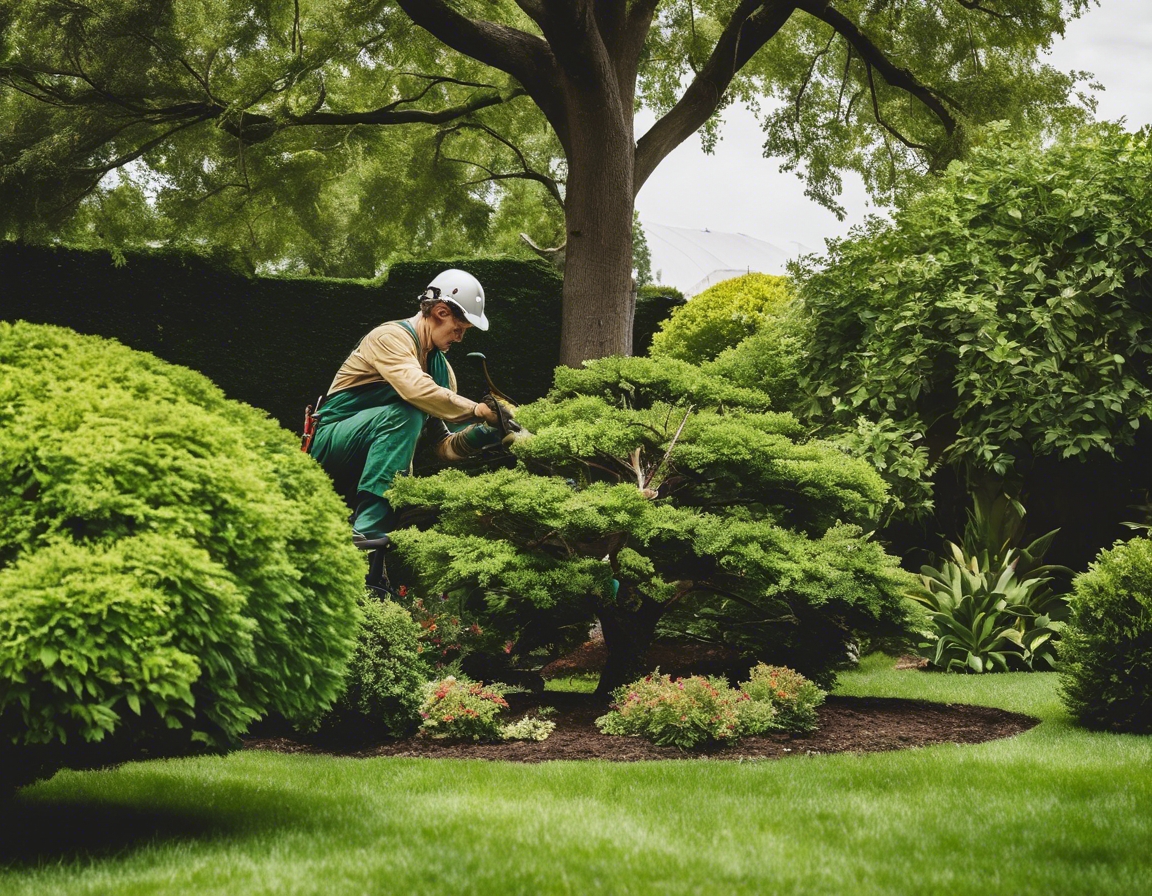How to protect your trees during construction
Trees are invaluable assets to our environment, providing benefits such as air purification, habitat for wildlife, and enhancing the aesthetic appeal of our landscapes. They also contribute to property value and can significantly reduce energy costs by offering shade and wind protection. Preserving trees during construction projects is not only an environmental responsibility but also a wise investment.
Construction activities can cause significant harm to trees, both above and below ground. The impact of heavy machinery, soil compaction, changes in soil grade, and exposure to pollutants can lead to tree stress, injury, or even death. Understanding these risks is the first step in developing effective protection strategies.
Pre-Construction Planning
Before breaking ground, it's crucial to identify which trees are present on the site and assess their health, species, and size. This inventory will inform the development of a tree protection plan and help prioritize which trees to preserve.
A comprehensive tree protection plan outlines the measures needed to safeguard trees throughout the construction process. This plan should include details such as tree protection zones, construction boundaries, and specific protection techniques tailored to each tree's needs.
Engaging with professional arborists and environmental experts, like those at ARBRE OÜ, can provide the specialized knowledge required to protect your trees effectively. These experts can offer guidance on the best practices and ensure compliance with local regulations.
Implementing Tree Protection Measures
Tree Protection Zones (TPZs) are defined areas around each tree where no construction activity, storage of materials, or soil disturbance is permitted. The size of a TPZ should be proportional to the tree's size and species-specific requirements.
Physical barriers, such as fencing, can be erected around TPZs to prevent accidental damage from construction equipment and personnel. These barriers serve as a visual reminder and a physical shield for the trees.
Protecting the soil and roots is essential for tree survival. Techniques such as mulching, using air spades to minimize root damage, and avoiding alterations to soil grade can help maintain the health of the root system.
Maintenance During Construction
Regular inspections by qualified arborists can detect early signs of stress or damage in trees, allowing for timely interventions. Adequate watering, pruning, and protection from chemicals are all part of ongoing maintenance.
As construction advances, it may be necessary to adjust protection measures to accommodate changes in the site layout or unforeseen challenges. Flexibility and ongoing communication with construction teams are key.
In the event of accidental damage, immediate action is required to mitigate the impact on the tree. Professional arborists can assess the damage and recommend treatments to promote healing and prevent further decline.
Post-Construction Tree Care
Once construction is complete, a thorough assessment of tree health will determine if any additional care is needed to support recovery. This may include continued monitoring, additional watering, or structural support.
Long-term care is vital for the sustained health of trees after construction. Regular maintenance, such as pruning and health assessments, will ensure that trees continue to thrive and provide benefits for years to come.






Comments (0)